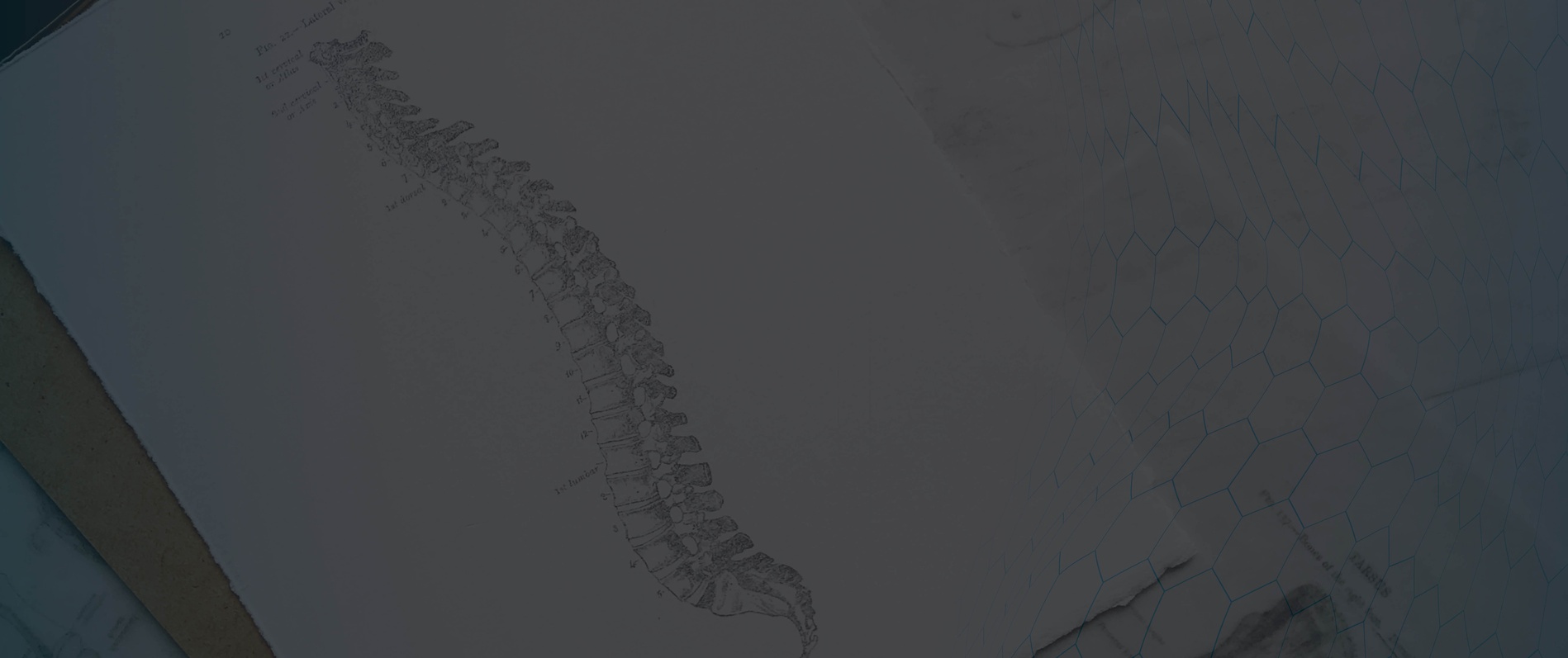
BLOG / PODCAST
Lumbar Fusion – What’s The Best Approach?
So you have severe back pain or severe leg pain or perhaps a combination of both. Very likely you have tried to get better with physical therapy and spinal injections. Perhaps you have had a previous back surgery to repair a disc herniation and the pain has returned. Your spine surgeon has recommended a spinal fusion. You have heard that some people have it done from the front, others from the back. You have researched spinal fusion on the internet and have seen that there are different approaches to do the surgery. So how does your surgeon decide the best approach for you? Let’s discuss.
Your spine surgeon may recommend a spinal fusion as a part of your surgical plan if you have certain conditions. Recurrent disc herniation, spondylolisthesis, scoliosis, and severe degenerative disc disease are common reasons to consider a fusion to correct your condition. In the modern fusion era, spinal fusion surgery offers different techniques that are designed to limit exposure and reduce recovery time. Most patients stand and walk the day of surgery. Some patients can even go home the same day and very few patients need more than a day or two in the hospital.
The most common spinal fusion is done posteriorly or through the back. This method seems logical. After all, the spine is in the back. Posterior approaches allow the surgeon to perform spinal nerve decompression for disc herniations and spinal stenosis. Typically pedicle screws are placed for a posterior lumbar fusion (PLF). An interbody fusion can also be done to allow fusion to occur in the disc space. Transforaminal lumbar interbody fusion (TLIF) and posterior lumbar interbody fusion (PLIF) are well established techniques. The bottom line is a posterior approach is best if you need direct nerve decompression for conditions like severe spinal stenosis.
An anterior approach or ALIF allows for direct access to the disc space without having to displace the nerves. Usually the approach is assisted by a general surgeon or vascular surgeon to expose the front of the spine. Degenerative disc disease, especially at L5-S1 and L4-5, can be addressed through the anterior approach. Restoration of disc height and placement of large surface area implant devices are advantages of the anterior approach. As a general rule, anterior approaches are less painful and easier to recover from. Anterior approaches are a good option for single level degenerative disc disease or in cases where restoration of disc space height is necessary.
A newer technique known as extreme lateral lumbar interbody fusion or XLIF requires an incision on the flank. This technique offers similar advantages and has similar indications as an ALIF but can be an easier way to access the upper lumbar areas like L3-4 and above. Finally, in some cases an anterior and a posterior approach is recommended. In cases that require multi level fusion or in patients with more complex problems a combination anterior/posterior approach may be the best choice to address the problem.
An experienced spine surgeon will employ all these different techniques and provide a good opinion on what is the best choice for your case. Remember the goal is to fix the problem with the least invasive technique that allows the fastest recovery time. Animations of all these techiniques are on my website.